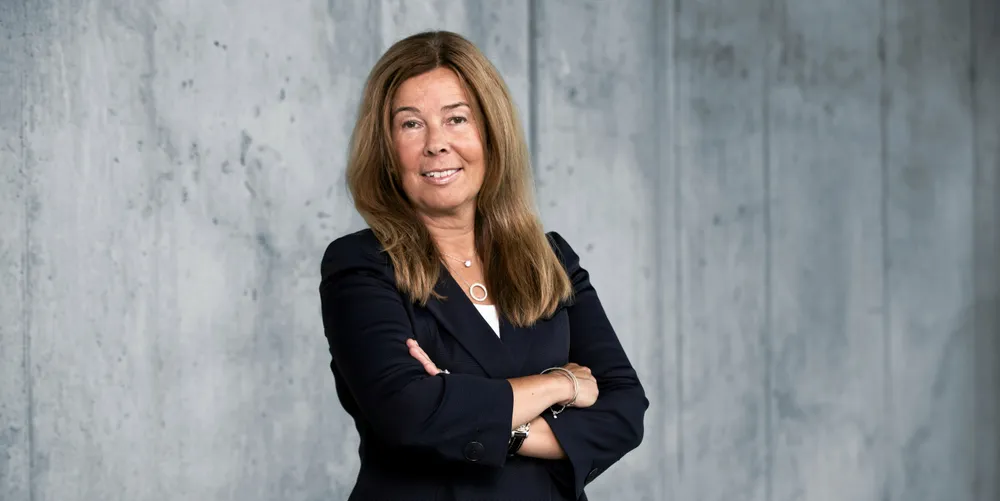'Nearly mission impossible at some sites': fourth Covid wave stokes uncertainty for Vestas
Vietnam and other Asian countries particularly hit by lock-downs and site restrictions for wind turbine installations

The fourth wave of the Covid-19 pandemic, site restrictions and lock-downs are causing high levels of uncertainty for Vestas, particularly in Asia, according to both the Danish wind giant's chief executive and chief financial officer.
Vestas CEO Henrik Andersen during a second quarter earnings call with investors said a high number of staff was in quarantine or in wait-and-hold positions to enter or exit some wind project installation sites, or even countries.
Thanking employees for their efforts to find ways around those situations, Andersen said: “I would call it to some extent and in some sites nearly mission impossible, which they are dealing with and mitigating.”
Europe will be impacted, but how severely will depend on how quickly the vaccination campaign progresses, Fredriksson said.
But “where we see the biggest impact, and the biggest uncertainty right now, is in Asia. And it is not from a production point of view. At this point in time, it is more from an installation point of view.”
Vestas has seen “slippage” in the booming Vietnamese market, and “we will see a slippage for a while, because they are in a complete lock down,” she added.
Lockdowns in Australia, New Zealand, or the Philippines, as well as semi-lockdowns in countries such as Thailand add to difficulties, the CFO said, stressing that the Delta variant of Covid-19 is spreading fast throughout the region.
Much of the Asia-Pacific region through harsh and quick lock-downs and other measures had managed to keep the virus under control and casualties very low throughout last year and the first half of this year, especially when compared to the tragedy hitting Europe and the Americas.
But low vaccination levels are backfiring now, leaving Asia-Pacific in a much more vulnerable position, both from health and economic aspects.
Regional heavyweights China and India are exceptions, Fredriksson said, as they are “not big from an installation point of view,” but more production hubs for wind turbines.
Raw materials
The company’s other big headache right now is cost inflation, driven by the cost of raw materials such as steel, and soaring transportation costs, the CFO said.
“The biggest challenge we have right now is transportation. Just to give you a comparison, it has increased [in cost] three-fold in a year. And only from March it has been [a] 60% [rise].
“The number two is raw materials, and the biggest portion for us is the steel price.”
Thanks to good negotiations with customers, Vestas has achieved a price stabilisation for now, Fredriksson stressed.
The company was largely able to maintain a higher cost per megawatt achieved during the first quarter. Onshore turbine prices averaged €0.79/MW in the second quarter, after a price of €0.8m/MW in the first quarter and €0.71m/MW during the fourth quarter of last year.
The CFO added she doesn’t think that price increases will derail ambitious energy transition plans in Europe and elsewhere, and stressed that wind power remains a very cheap source of energy.
(Copyright)